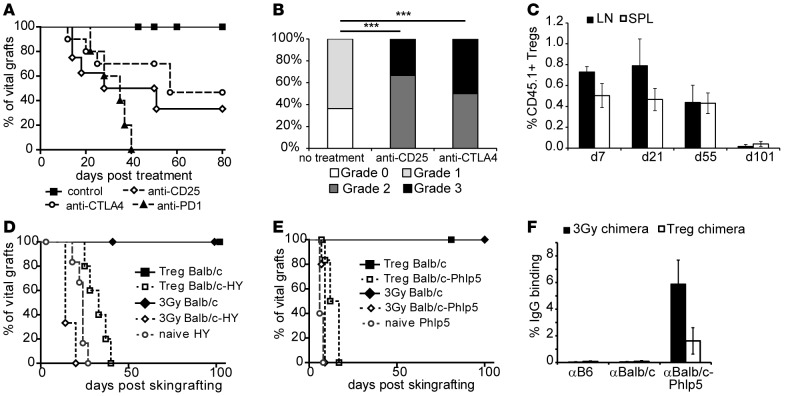Figure 3. Treg-treated mice maintain tolerance through regulatory mechanisms and confer infectious tolerance.
(A) Long-term tolerant mice were challenged with anti-CD25 mAb, anti-CTLA4 mAb, or anti-PD1 mAb 100 days after BMT to assess the impact of Tregs in long-term graft survival (control [n = 11] vs. anti-CD25 [n = 7], P = 0.0025; vs. anti-CTLA4 [n = 10], P = 0.0158; vs. anti-PD1 [n = 5], P < 0.0001; log-rank). Data are pooled from 2 independent experiments. (B) Surviving grafts of Treg chimeras were analyzed for signs of chronic rejection (CR; >50 days after treatment; ***P > 0.0001, Fisher’s exact test). (C) The longevity of therapeutically transferred (CD45.1 congenic) Tregs (n = 3/time point) was followed by flow cytometry in lymph nodes (LN) and spleen (SPL). (D and E) Chimeric mice conditioned with either 3-Gy or Treg-BMT protocols are challenged with skin grafts for tolerance assessment and infectious tolerance. (D) Mice received fully mismatched donor grafts (BALB/c) and donor grafts including an additional minor antigen mismatch (BALB/c-HY). Survival is shown for 3-Gy chimeras (3-Gy BALB/c, median survival time [MST] > 100 days, n = 5; 3-Gy BALB/c-HY, MST = 14 days, n = 3), Treg chimeras (Treg BALB/c, MST > 100 days, n = 10; Treg BALB/c-HY, MST = 33 days, n = 5), and naive mice (naive HY, MST = 24 days, n = 7). (E) Rejection kinetics for Phlp5 allergen as additional minor antigen are shown (3-Gy BALB/c, MST > 100 days, n = 5; 3-Gy BALB/c-Phlp5, MST = 9 days, n = 5; Treg BALB/c, MST > 80 days, n = 10; Treg BALB/c-Phlp5, MST = 14.5 days, n = 7; naive BALB/c-Phlp5, MST = 6 days, n = 5). Treg chimeras show prolonged survival vs. 3-Gy chimeras (P = 0.0046 for HY; P = 0.0118 for Phlp5) or naive mice (P = 0.0051 for HY; P = 0.0021 for Phlp5; all using log-rank). (F) The reactivity of sera (3 weeks after skin graft rejection) from 3-Gy chimeras (n = 5) and Treg chimeras (n = 6) with syngeneic (B6), donor (BALB/c), and BALB/c-Phlp5 thymocytes is shown by flow cytometry through indirect staining with anti–mouse IgG.

